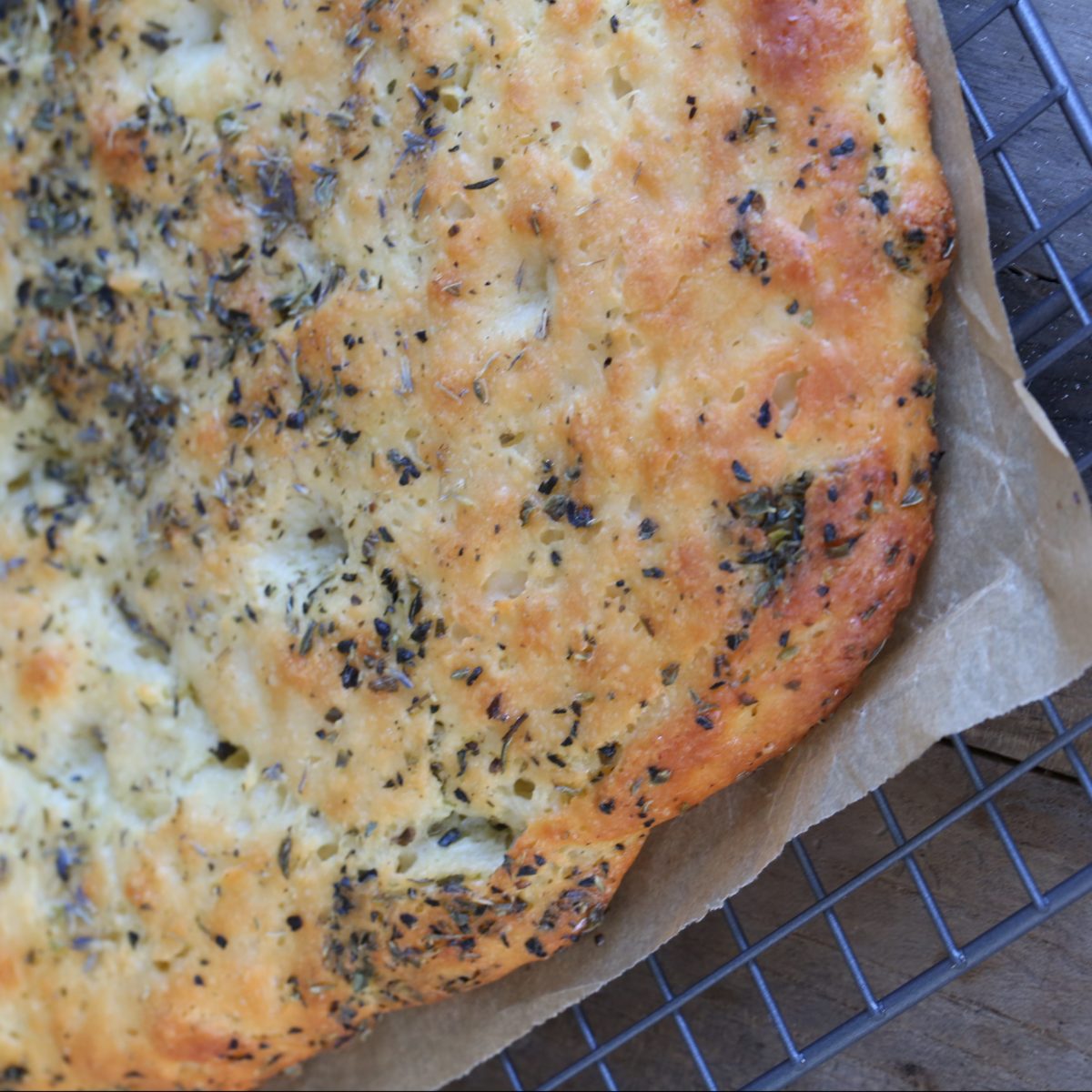From the book “Gluten-Free on a Shoestring Bakes Bread: Biscuits, Bagels, Buns and More” by Nicole Hunn. Excerpted by arrangement with Da Capo Lifelong, a member of the Perseus Books Group. Copyright (c) 2013
Has someone ever told you that a piece of gluten-free cake or a gluten-free cookie is “good, for gluten-free”? They’re trying to manage your expectations, to protect you from disappointment. But this attitude is what relegates gluten-free food to second-class status. No more! I have embarked on a one-woman crusade to shift the cultural conversation surrounding gluten-free food. If it’s gluten-free food that is not just plain “good,” or (dare I say it) “great,” by any measure, then it’s just not good enough. Who’s with me?
Now, of course, not all gluten-free food is of good quality. But we can apply the same standards to gluten-free foods as we do to conventional foods. Like all good cake, gluten-free cake should be moist, tender, and flavorful. If it’s crumbly and dry or gummy and tough, it’s bad cake.
Gluten-free bread should taste like bread. Enriched breads should be soft and tender, lean breads crusty and tangy. Yeast breads should fill your home with the kind of yeasty aroma that sells a house right out from under your feet.
Before I wrote my third cookbook, Gluten-Free on a Shoestring Bakes Bread, I had developed plenty of gluten-free bread recipes made the conventional way. These early recipes still work, and work well. But I felt it was time for dough that you could shape properly into dinner rolls, stretch into real pizza dough, and tie into garlic knots. So, I began experimenting with new flours and protein powders that could serve as a true substitute for gluten, the original protein that creates the stretch in conventional yeast breads. Using these new gluten substitutes, these revolutionary gluten-free bread doughs are closer to the “real thing” in taste, texture and function than we had ever even hoped. And crossing that threshold means that we can begin to reshape the cultural conversation about gluten-free breads.
Below is the recipe for Herb Focaccia from Gluten-Free on a Shoestring Bakes Bread. It has big, yeasty holes like proper focaccia should. You dimple it not so it looks like you expect focaccia to look, you dimple it for the right reasons. When focaccia dough proofs, it develops some holes that are so large they must be deflated lest they overtake the entire bread, and the dimples help this process. This focaccia is crusty on the outside and tender and yeasty on the inside, just like good, fresh focaccia bread should be. And not just “good, for gluten-free.” ![]()
First published April 2014
